If the idea of cramming functionality into a given space is key here, I'd suggest looking into some manufacturers who specialize in the 3-5 hp range. Ronin makes a very good point that if you go too small (ie: basing everything on 2hp's modules) you'll wind up with a patch panel that's a total nightmare to navigate. Companies such as Ladik and Bastl, however, also do small well...but there's more "real estate" to work with with those, and you'll also wind up with a few more functions than the basic 2hp ones provide.
There is, however, another less-obvious issue here. Let's do some math...
Ladik does a number of different ADSR envelope generators, all with additional functions that allow them to specialize in different functions that go a bit beyond normal ADSR EGs. Each of these are 4 hp (except their fully-CVable ADSR, which is 8 hp) and each costs around $75 (the 8 hp one is $80). 2hp, OTOH, has only one basic ADSR, which is 2 hp (of course) at $89. On the surface, it doesn't seem like there's much difference, money-wise. BUT...if you start adding up how much it costs each module to occupy its space in terms of $ per hp, it becomes obvious that the smaller modules are actually more costly in terms of space they occupy. If a Ladik C-212 (ADSR with extra inverse output) fits in 4 hp and costs $75, this comes to $18.75 per hp filled. But then, doing the same test with a 2hp ADSR, you get $44.50 per hp.
That cost per hp figure is actually a valid measure of how economical your build eventually comes out to be. Let's say you have a single row at 84 hp to fill. With a $/hp of $1575, a row of Ladik ADSRs (if you were to do such a thing) is ultimately much more cost-efficient than that same row in 2hp ADSRs ($3738). But then...let's say you did a whole row of Ladik's CVable ADSRs. At $80 per module, each hp then costs $10, giving you a cost per that theoretical row of $840.
And this issue is in addition to the point that your build above is 3 x 84 hp. So, going tiny might be great if you're trying to do a very portable modular...but if you're going to build something bigger, not only would you have a difficult patchpanel to use overall, the result would be far more costly and inefficient, cost-wise. Not to ding on 2hp, mind you, but while their stuff is awesome for the small portable crowd, in a (relatively) large build 2hp's modules are better suited to fill gaps with functionality instead of throwing that away by putting in a blank panel. So, basically, if you have the space, use the space.


